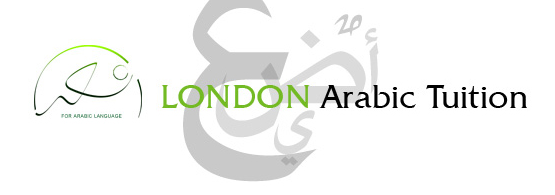Differences Between the Three Main Arabic Dialects : Levantine | Gulf | Egyptian
Arabic language, Levantine Arabic, Egyptian Arabic, Gulf Arabic, Modern Standard Arabic, Arabic-speaking world, nouns, verbs, personal pronouns, Arabic script The Arab world is home to many languages, dialects, and variations in the spoken word. Although Modern Standard Arabic (MSA) is the language used in official documents and formal situations, the everyday language of Arab people is much different. In fact, there are three main dialects of the Arab language, Levantine Arabic, Egyptian Arabic, and Gulf Arabic, and each of these dialects has its own set of similarities and differences between them.
When comparing the three main Arab dialects, all three share the same Arabic script and the same basic language structure. This means that nouns and verbs are similar across dialects, though there are usually subtle differences in pronunciation and spelling. Additionally, the personal pronouns in all three dialects are the same.
However, once you go beyond the basics, there are many distinct variations in the syllables, grammar, and syntax of the dialects. When it comes to Levantine Arabic, this dialect is spoken in the Levant region, including Lebanon, Syria, Jordan, Iraq, and Palestine. It is a distinct dialect, as it is heavily influenced by Turkish, French, and Greek.
Levantine Arabic also differs from Gulf Arabic in that it uses more complex syntax and less formal language. Additionally, it has reduced consonant pronunciation, making words sound more flowing.
Egyptian Arabic, as its name implies, is spoken exclusively in Egypt. It is a distinct dialect, as it has its own pronunciation of words, its own use of grammar, and its own vocabulary.
Additionally, it is heavily influenced by the Greek language. Egyptian Arabic is a much more formal language than other dialects, and it is well known for its polite use of words and expressions.
Lastly, Gulf Arabic is a dialect of Arabic spoken in the Arabian Gulf region, including the United Arab Emirates, Kuwait, Qatar, and Bahrain. This dialect is heavily influenced by traditional Bedouin and Bedouin-related cultures.
Gulf Arabic is a very formal language and uses complex syntax, though it is much less formal than Egyptian Arabic. Additionally, it has its own unique vocabulary, which includes many words derived from Persian and Turkish.
In conclusion, while all three Arab dialects share the same Arabic script and basic language structure, each of them has its own set of similarities and differences. These differences are based on the region, the culture, and the language influences in each area.
Through understanding the nuances and differences between each of the dialects, one can appreciate the rich diversity of the Arabic-speaking world.
The Arabic language is one of the most widely used and recognized languages in the world today. It has a long and rich history and is deeply rooted in the cultures of multiple Middle Eastern and North African countries.
Though it is spoken in many different countries and regions, three distinct dialects of Arabic are widely known and recognized: Modern Standard Arabic, Levantine Arabic, and Egyptian Arabic. Each of these dialects reflects the culture, customs, and language influences of its respective region and, while they each share many similarities, they also contain many key differences.
Modern Standard Arabic is the language that unites the Arab world.
It is based on the language used in the Quran and is widely used in formal settings such as media and literature. It is the language used for education, business, and official documents. Though it is the official language for all Arab countries, it is not commonly used for everyday conversation. Levantine Arabic is spoken in the countries of Syria, Lebanon, Palestine, and Jordan. This dialect has been greatly influenced by European languages due to the region’s geographic proximity to Europe.
This has led to a unique blend of pronunciations and vocabulary.
Furthermore, Levantine Arabic is the most commonly spoken dialect amongst Arab communities around the world, making it arguably the most widely recognized dialect. Egyptian Arabic is the dialect that has been most heavily influenced by the country’s rich history and culture.
Egyptian Arabic has its own distinct dialect, with its own rules and pronunciation. It is the most popular dialect in the Arab world, with many widely-known Arabic sayings and expressions originating from Egypt.
Despite their differences, the three dialects of Arabic all share the same grammar rules and root words. This makes it easier for native speakers of any of the dialects to communicate with one another.
This is one of the main reasons why Arabic remains such a widely spoken language – people from all countries and regions can communicate regardless of what dialect they use. Understanding the nuances and differences between each of the three main Arabic dialects can help to appreciate the rich diversity of the Arabic-speaking world.
By recognizing the influences of each region, one can gain insight into the unique cultures that contribute to the dynamic Arabic language.
